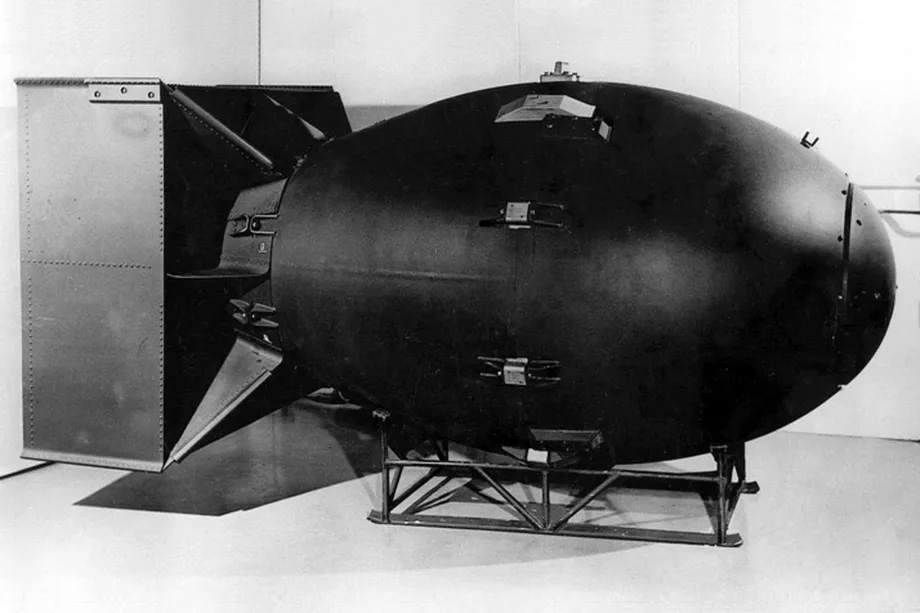Fat Man Bomb

The rapid spontaneous fission rate of plutonium 239 necessitated that a different type of bomb be designed. A gun-type bomb would not be fast enough to work. Before the bomb could be assembled, a few stray neutrons would have been emitted, and these would start a premature chain reaction - leading to a great reduction in the energy released.
The initial design for the plutonium bomb was also based on using a simple gun design (known as the "Thin Man") like the uranium bomb. As the plutonium was produced in the nuclear reactors at Hanford, Washington, it was discovered that the plutonium was not as pure as the initial samples from Lawrence's Radiation Laboratory. The plutonium contained amounts of plutonium 240, an isotope with a rapid spontaneous fission rate. This necessitated that a different type of bomb be designed. A gun-type bomb would not be fast enough to work. Before the bomb could be assembled, a few stray neutrons would have been emitted from the spontaneous fissions, and these would start a premature chain reaction, leading to a great reduction in the energy released.
This is a replica of the bomb that was dropped over Nagasaki, Japan on August 9, 1945.
Fat Man Specifications
| Length: | 128.375 inches (10 feet 8 inches / 3.25 meters) |
|---|---|
| Diameter: | 60.25 inches (5 feet / 1.5 meters) |
| Weight: | 10,265 lbs (4,656 kg) |
| Yield: | 21 kilotons (+/- 10%) |